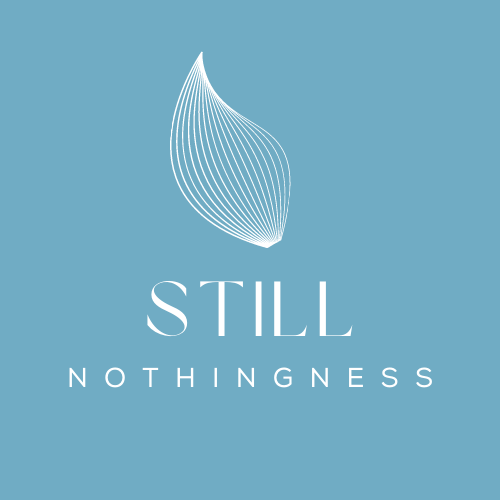Resistance and Transformation
Let’s talk about resistance. Resistance plays out in many ways, It can be tiredness, loss of motivation, procrastination or distraction through other forms of behaviours or addictions. Each person has unique coping strategies to feel comfortable with being uncomfortable. Some are supportive and some are less so, such as instant gratification or avoidance.
Iboga is a journey of deepening awareness and sensitivity to our present moment. Many of the patterns of our lifetime(s) will emerge to be felt and experienced consciously during the ceremonial Death process. And this experience can truly lead to deepening self recognition and conscious transformation.
Many people come to work with Iboga is for the profound reset it provides upon CNS (central nervous system). This is experienced as the capacity to be conscious and aware while experiencing ourselves, our body and our thoughts for an enduring duration after the Iboga journey.
So it feels appropriate to address the topic of Resistance and Transformation. Resistance is sometimes overlooked as one of the pivotal challenges to personal transformation. Quite often, more emphasis is given to the past experience, the trauma, or the diagnosis of the dysfunctional aspect of oneself or our life is what is focused on as the blockage to our mental, emotional, physical and spiritual wellbeing.
And even when there no specific association with a trauma, we all have unique expressions of resistance that block us from taking action or responding freely to our responsibilities or opportunities.
But, resistance can sometimes be difficult to identify. Especially if someone has been experiencing inner mental and emotional resistance for a long period of time. It can sometimes manifest into our body as a psychosomatic condition or become even more established after many years as a form of pathology.
Resistance can be experienced mentally, emotionally and physically.
Mentally, resistance can be experienced such as self-doubt, mistrust, lack of motivation or limiting beliefs. Other times it can be felt as a physical condition such as restlessness, hyperactivity, difficulty concentrating or even body aches and pain.
Emotional resistance can be felt both physically and mentally and could be felt as anxiety, panic, frustration, numbness…to name a few emotions.
Let’s discuss the neuroscience of resistance…
When we learn something new, or encounter new ideas or experiences, or would like to experience something unfamiliar. The pre-frontal cortex becomes active.
But it can only process a certain amount of new information at a time. And we can get tired or stressed.
And then our amygdala activates. This part of the brain is connected to our flight, fight or freeze response to stress or the unknown. When the amygdala is activated it can cause us to become angry, fearful. It can cause us to feel emotions such as depression, confusion or panic.
Our conditioned habits are stored in our basal ganglia, it automates our actions, thoughts and behaviours and happens at the unconscious level.
It tells us what behaviours to play out to get us out of an uncomfortable situation.
In order to change the pattern of behaviour, we have to expect resistance to come up and be aware when it is happening. It is important to be able to observe yourself and process the feelings that are being experienced. And notice what behaviour you might be choosing to soothe or change this psychosomatic resistance. For example if you become aware that the choice is to smoke cigarettes, eating or watching Netflix, then, then you can identify that these were unconscious coping strategies that were used in the past to help you deal with a new or stressful experience. Sometimes there are more dysfunctional conditions that play out, such as depression or shame, that keep us immobilized in our life. These emotional experiences also require the same quality of compassionate and conscious awareness.
For many people, there can be a lot of challenges in being present through mental, emotional and physical discomfort while in stressful, unfamiliar or negatively perceived experiences.
For the majority of people, once resistance is acknowledged physically, mentally or emotionally to what is happening, one can see self judgements or beliefs about the world or others. This can become a valuable opportunity to see what has been influencing ones actions, and it becomes possible to disregard those beliefs that are no longer true or practical.
Funnily enough, simply acknowledging what is happening inside of our being during discomfort can unravel the condition. Sometimes this can happen quickly or sometimes it takes patience and persistence. But one thing is certain, the resistance eventually reveals itself in entirety and begins to dissolve.
Sometimes we have no choice but to experience something outside of our comfort zone. Our conscious understanding is that we need to do something new to lead a happier, healthier or responsible life for ourselves or our family. So in order to embrace new activities or to perform any meaningful activity there will be some discomfort. And by being aware of resistance to the particular situation is happening, means making the choice to continue to experience the new situation with more self awareness
Each time you do this the new habit or pattern of belief becomes stronger. And this habit can also be a habit of belief or thinking in relationship to our self image or those around us, to be re framed and and newly established through experiencing discomfort, safely.
